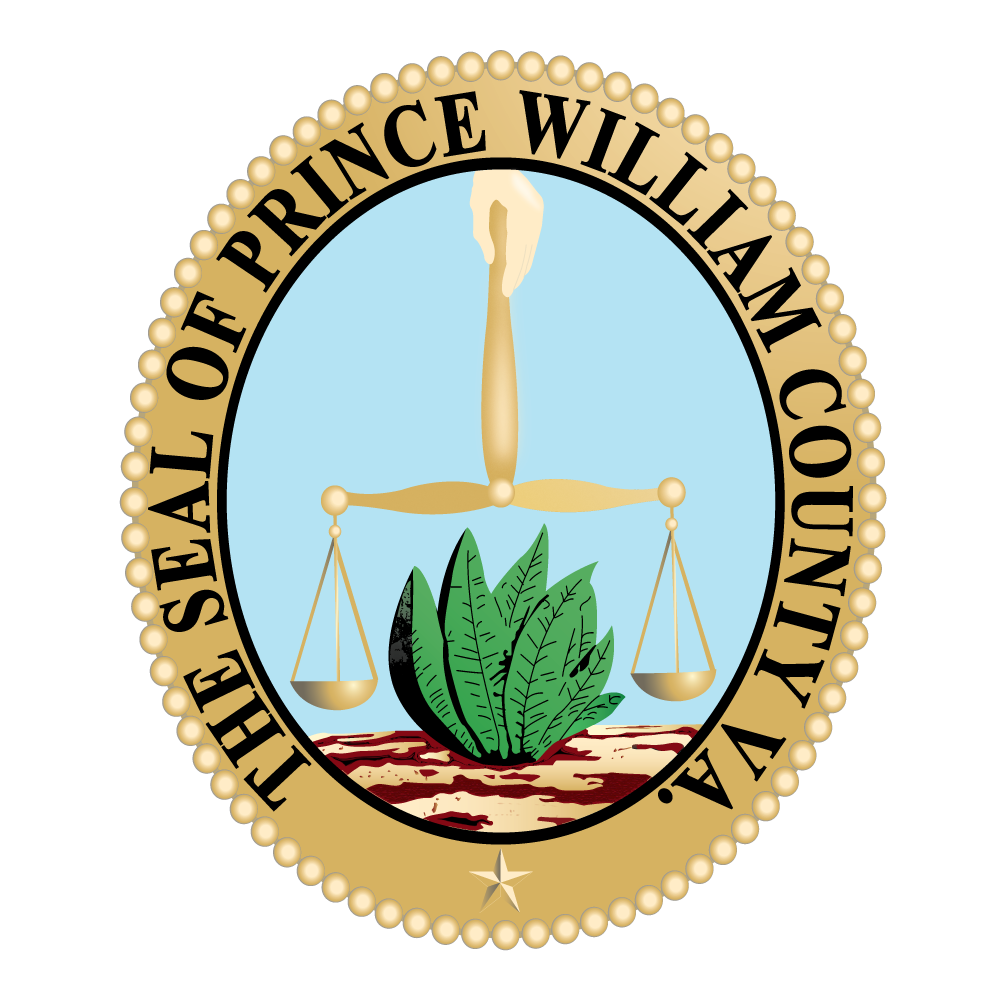
Go outdoors and explore our local parks - here are several suggestions of where to go, and what to notice:
Silver Lake Regional Park
There's more than a lake here. You can take an easy, flat, 1/2 mile hike through a patch of woods between the parking lot and Ronald Reagan Middle School. Listen for the spring peepers, the early frogs that are calling insistently now. In the trees, male cardinals are defining their territories as they too seek partners. Check out the pine trees - can you find some with needles in bundles of three, but others in bundles of two? They will be spilling vast quantities of pollen soon. Flowering plants such as toothwort and spring beauties are popping up now, with flowers to attract the native bee species that transfer their pollen more directly to other plants.
Locust Shade Park
Catch the John Palmer trail, just past the visitor center. Explore the woods and open grasslands along a tributary of Chopawamsic Creek. If you look close, you might notice this "natural" stream has been restored. It was eroded badly from excessive stormwater until heavy equipment and some strong backs reshaped the streambanks. The rocks you see in the channel, making ripples and tiny waterfalls, were brought in to manage the energy of the water and to minimize the amount of sediment that would ultimately end up in the Chesapeake Bay.
Lake Ridge Park
Surprisingly, this park offers trails with some of the greatest dips and rises within the county park system. The topography is still very gentle and easy to walk, but notice the color of the local rock. It's lighter than the bedrock in other parks because it is the Occoquan Granite. It crystallized into solid material nearly one-half billion (yes, billion...) years ago. At the time, Virginia was below the Equator, part of a tectonic plate that went through several more collisions that created great mountain chains. The rock at Lake Ridge Park was shoved down deep as the root of a mountain and was then shoved around when Africa banged into North America. After over 200 million years of erosion, that granite "pluton" has been exposed on the trails and rocky edges of the Occoquan Reservoir.
River Mill Park
This one-acre park in the Town of Occoquan offers a great view of Occoquan River below the Fairfax Water dams at the Fall Line. Look for great blue herons, which have at times nested in a colony here. Check out the color of the water, which comes from Bull Run, Cedar Run, and Broad Run upstream. If it is brown, then there has been recent rain. Extra rainwater makes the streams flow faster, especially where pavement and rooftops have blocked the raindrops from seeping into the soil. The streams now etch away at their sides, stripping sediment from the channel banks and carrying particles down to the Potomac River. That sediment settles on the river bottom, blocking sunlight from reach submerged aquatic vegetation and smothering fish eggs, Efforts to "Save the Bay" involve protecting shoreline vegetation and expensive stream restoration projects to reduce the sediment flowing in Prince William's streams after rainstorms.
Dove's Landing Park
Trails here will let you wander through a Piedmont forest. If you see any evergreen trees with prickly leaves - those are American hollies. Notice the buds of the many different deciduous trees, getting ready to release their new leaves from an overwinter sleep. Last summer, this new crop of leaves formed and the cells were protected for months by bud scales, which are specialized leaves. The scales will fall off as water and nutrients move from the roots, up the trunk of the trees and into the tips of each branch. There's a reason the sap is rising this Spring - it provides the essential material to expand the cells in the buds and facilitate the growth of new ones.








